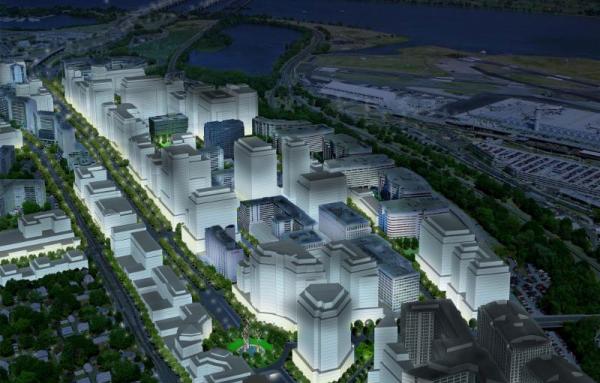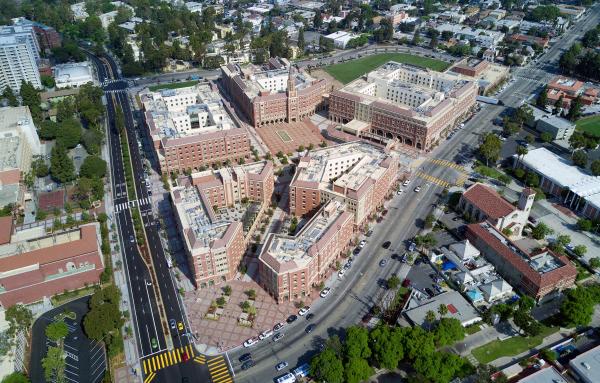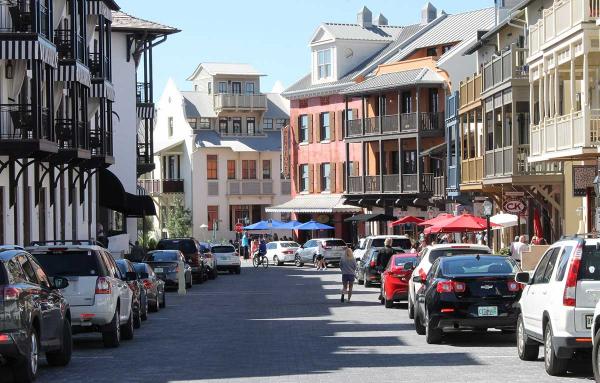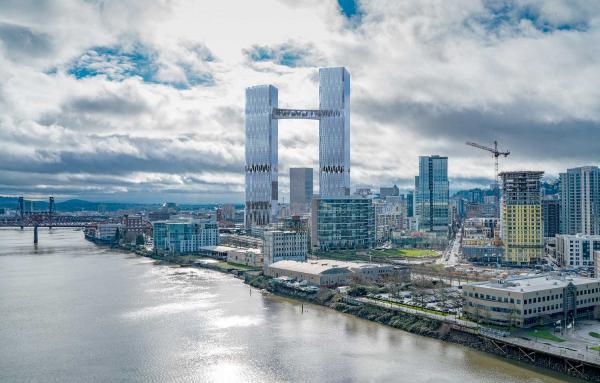Development
Amazon chose urbanism for HQ2, but with urbanism comes responsibility.
In Arlington, Virginia, a plan and code for Crystal City entitled the new development capacity that lured Amazon—and also calls for transformation to walkable urban.
The Yes in My Back Yard movement pulls from a broad spectrum of people concerned about many aspects of urban places, including affordable housing, mobility, and good urbanism.
University builds a transformative development in an area that hasn't seen much investment in recent decades.
Brainerd, Minnesota, Lafayette, Louisiana, and place called Jimmy's Pizza highlight the advantages of incremental design and development—and show why car-oriented development turns out to be a very poor investment.
Catalytic development takes place where strategic, integrated investments are made in a concentrated, walkable urban area.
After two decades of development, Orenco Station offers urban living at a transit station west of Portland.
Green urbanism, successional development, and the creation of unique, walkable places are among the National Town Builders Association topics.
CNU partnered with a small city and citizens to create a toolbox with immediate practical usefulness for a segment of the old Dixie Highway in Georgia.
I don't often write about skyscrapers, but this proposal includes smart urban design moves.
Parsons Alley activates abandoned properties, creates a popular and lively new public place, and attracts businesses that appeal to young professionals.
The recently opened nine-block development in Southwest DC is the largest expanse of "shared space" in the US.











